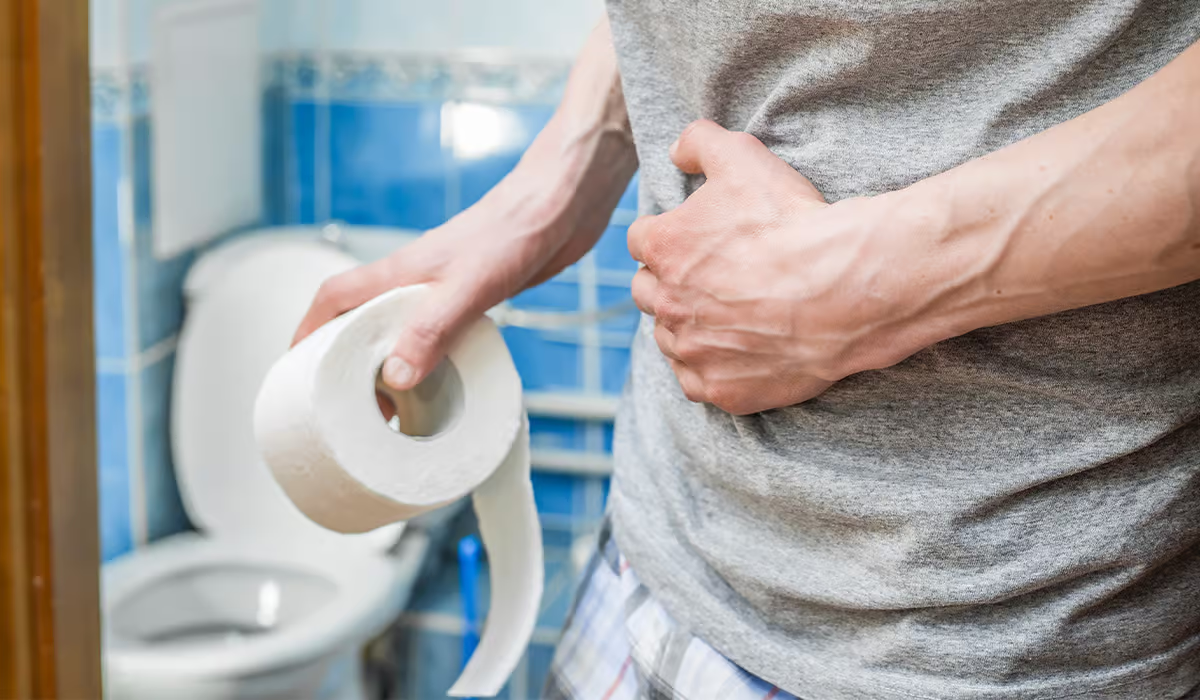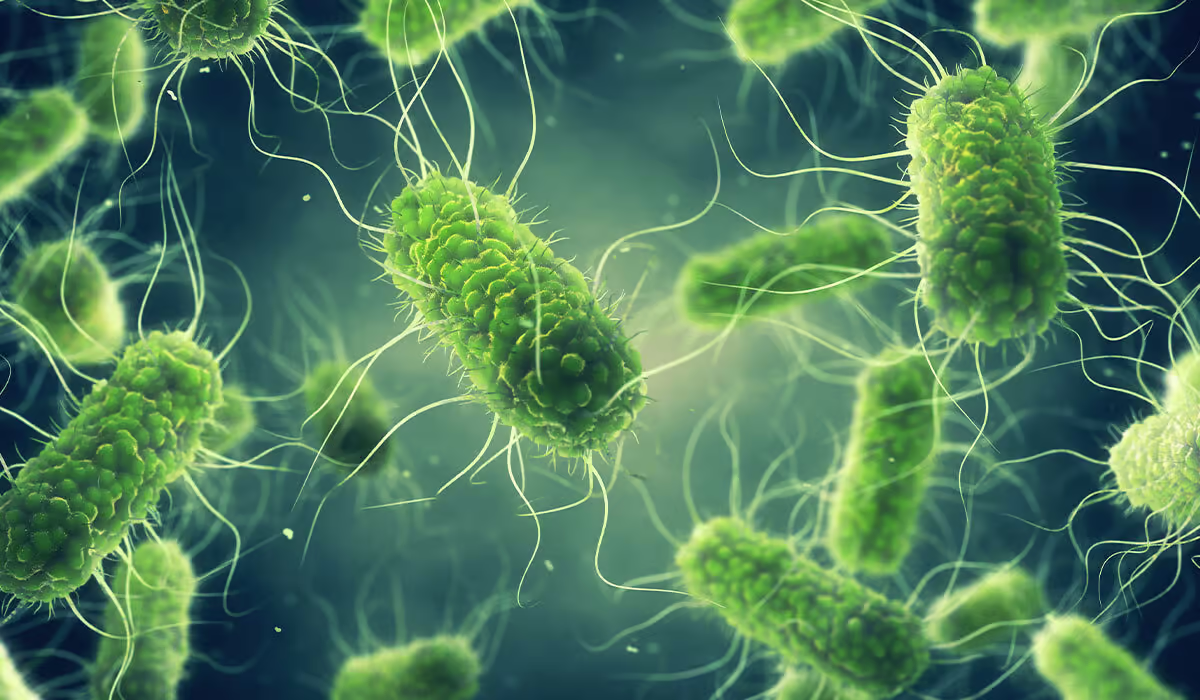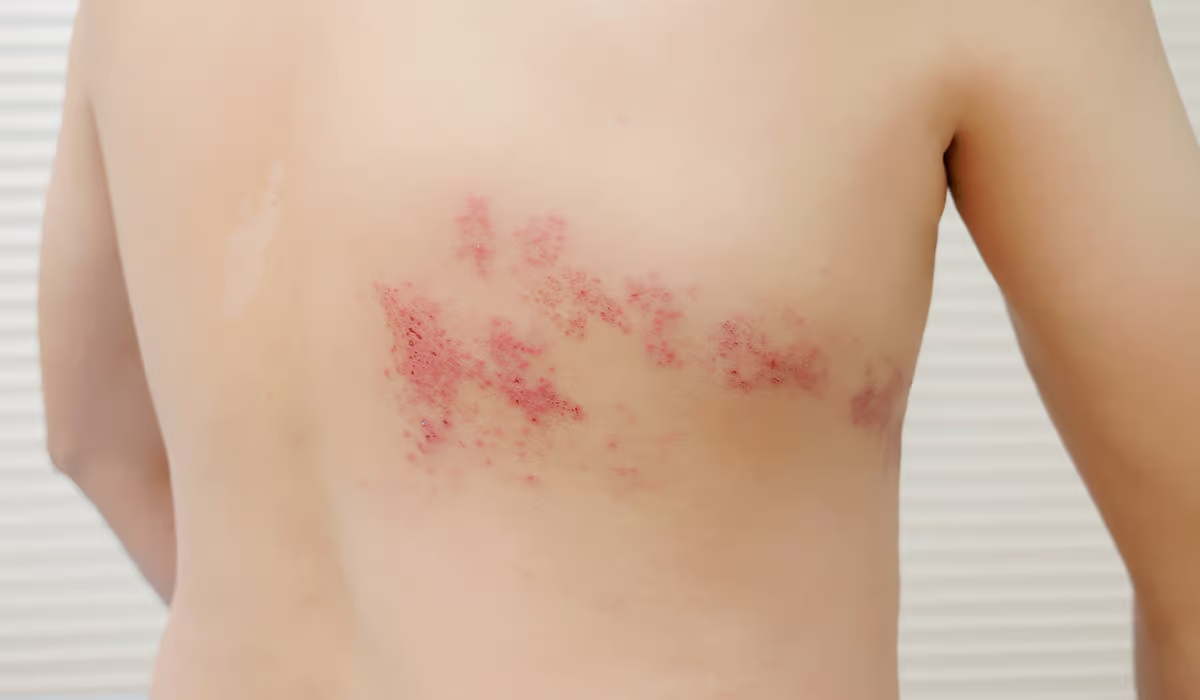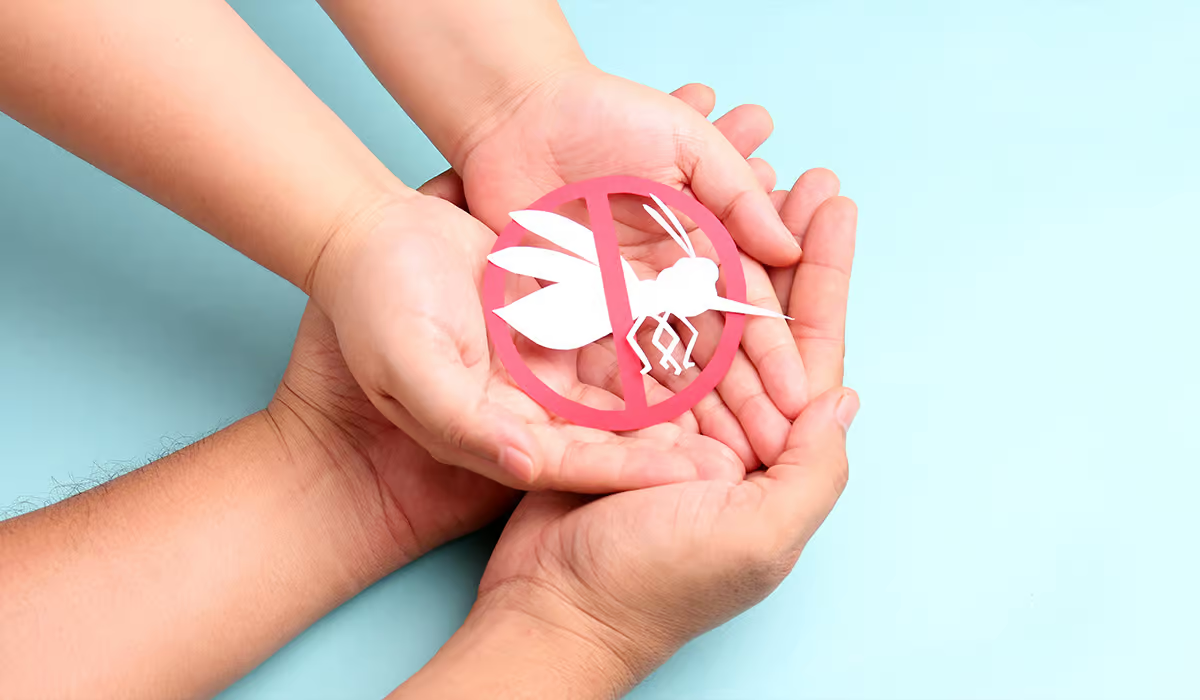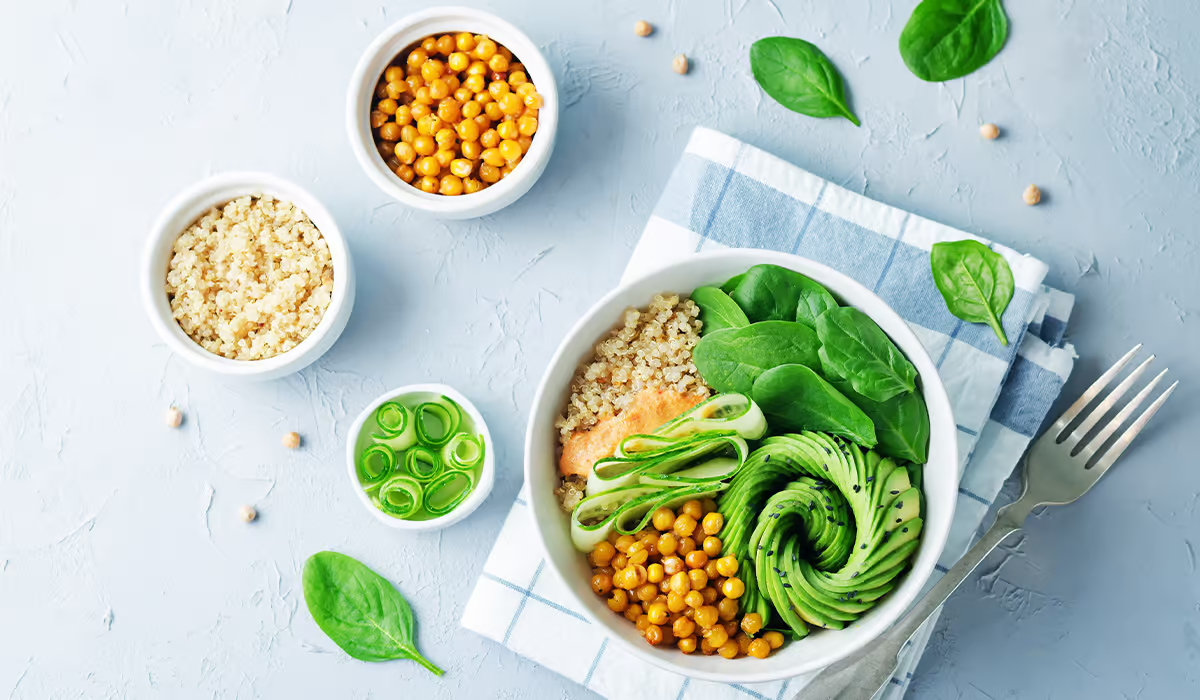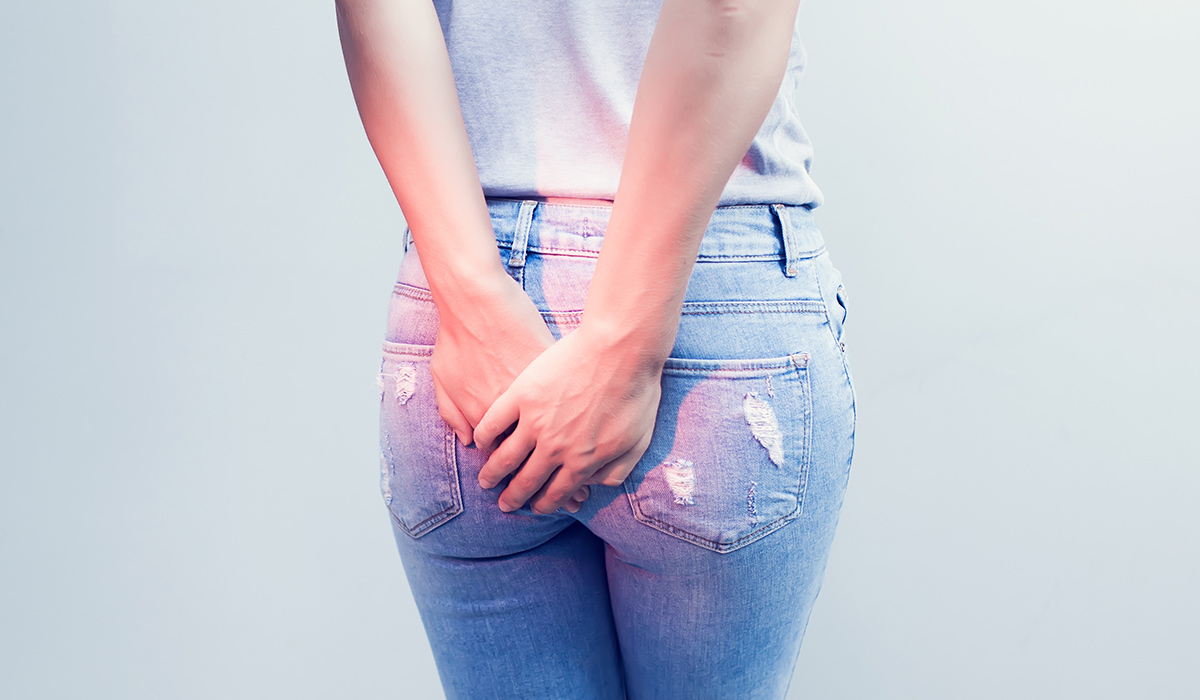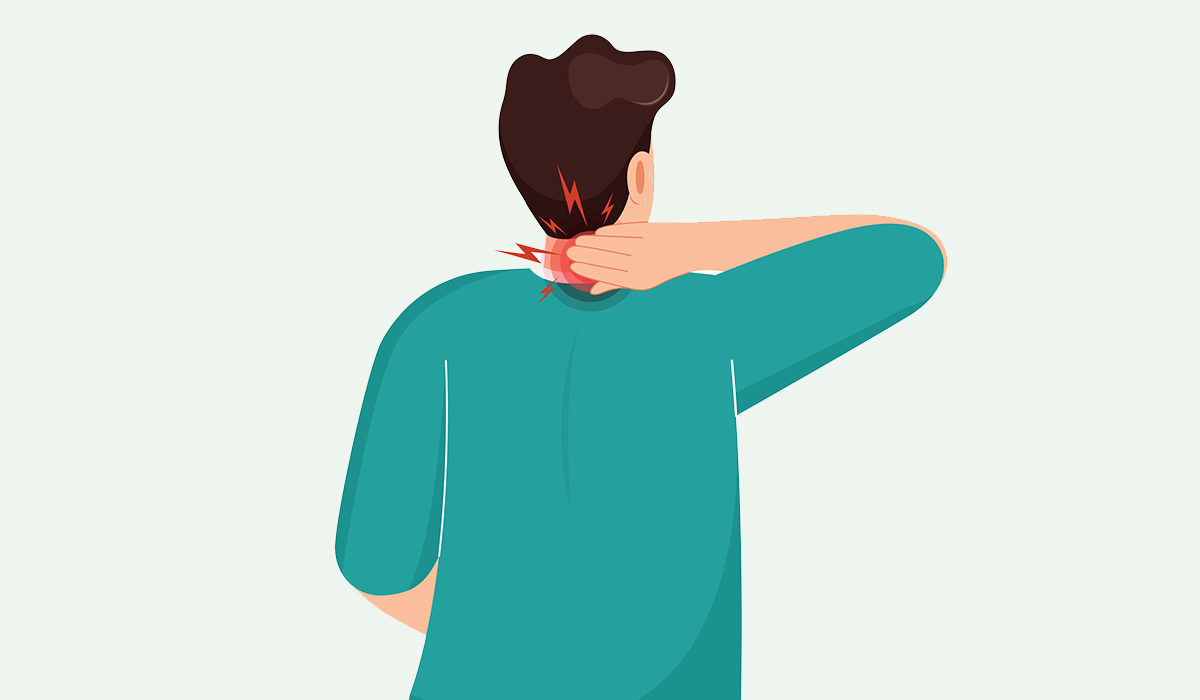- based on the cause – mechanical (presence of physical factors that impede the passage of chyme) or functional (intestinal motility disorders),
- based on location – high (includes the section of the duodenum located peripherally from the greater papilla and jejunum) or low (applies to the ileum and large intestine),
- based course and dynamics of symptom development – acute obstruction (rapidly increasing symptoms, from several hours to several days) or chronic obstruction (gradually increasing symptoms),
- based on the extent of the condition – complete and incomplete.
- adhesions in the abdominal cavity after inflammation or surgery,
- incarcerated hernia,
- torsion of the intestinal loop or closure of the large intestine by a neoplastic process.
- strangulation intestinal obstruction – the blood vessels that supply the intestines are compressed; anemia occurs, which can cause intestinal necrosis, perforation, and, consequently, peritonitis; such obstruction may occur as a result of postoperative adhesions or due to bowel torsion;
- obstructive obstruction – the presence of a tumor, gall, or fecal stones leads to the closure of the intestinal lumen.
- postoperative adhesions (intraperitoneal),
- twisting of the intestines,
- intussusception,
- abdominal hernia,
- tumor,
- the presence of foreign bodies or parasites,
- the presence of gallstones,
- Crohn’s disease,
- diverticulitis,
- colitis ulcerosa.
- previous surgeries affecting the nervous plexuses of the intestines,
- peritonitis,
- problems with proper blood supply to the intestine,
- past injuries,
- kidney stones,
- cholelithiasis,
- rupture of an ovarian cyst,
- appendicitis.
- hematomas in the abdominal cavity,
- diabetic coma,
- taking certain medications,
- electrolyte disturbances,
- acute pancreatitis.
- periodically, in waves, increasing abdominal pain;
- nausea and vomiting, with intestinal content, with an intense, often fecal odor;
- gas and stool retention;
- abdominal distension (in the late stage of the disease).
- Dried fruits– dried apricots or plums have a large amount of fiber and dietary fiber in concentrated form. However, daily you should eat only a few pieces because apart from a large amount of fiber, they also contain simple sugars (in excess they cause flatulence).
- Pickled products– pickled cucumbers or sauerkraut are a source of lactic acid bacteria – a natural probiotic containing B vitamins and vitamins A, C, E, and K. Lactic acid bacteria inhibit the growth of putrefactive bacteria in the intestine, thus reducing the risk of flatulence. In addition, these products greatly facilitate the digestion of carbohydrates, fats, and proteins.
- Legumes– such as beans and lentils contain a large amount of fiber. They are an alternative to meat because they contain a large amount of easily digestible protein. In addition, legumes contain complex carbohydrates that give a feeling of satiety for a long time and slowly release sugar. To prevent digestive problems after eating legumes – boil the seeds in fresh water and add spices that improve their digestion, e.g., thyme or cumin.
- Wholegrain cereal products– e.g., brown rice, bread, groats, bran – contain a large amount of fiber to prevent constipation. Food products also help maintain the proper pH in the intestine and prevent the growth of bacteria that cause flatulence. Be sure to drink plenty of water when eating whole grains to avoid constipation.
- Fermented milk drinks– e.g., kefir or yogurt – contain a large amount of lactic acid and probiotic microbes. They have a supporting effect during the treatment of diarrhea, intimate infections, and enteritis.
- Chia seeds– are a wealth of fiber that regulates the work of the intestines and improves digestive processes. They are rich in micronutrients like quercetin and chlorogenic acid – having a positive impact on the body’s functioning.
- Bowel Obstruction. NIH. https://www.ncbi.nlm.nih.gov/books/NBK441975/.
- Ileus. NIH. https://www.ncbi.nlm.nih.gov/books/NBK558937/.
- Mechanical intestinal obstruction. NIH. https://www.ncbi.nlm.nih.gov/pmc/articles/PMC1507389/.
- Bowel Obstruction. NIH. https://pubmed.ncbi.nlm.nih.gov/28723004/.
- Ileus in Adults. NIH. https://www.ncbi.nlm.nih.gov/pmc/articles/PMC5569564/.
- Ileus and Bowel Obstruction. NIH. https://www.ncbi.nlm.nih.gov/books/NBK13786/.
- Perspectives on paralytic ileus. NIH. https://www.ncbi.nlm.nih.gov/pmc/articles/PMC7533151/.
- Diagnosis and Treatment of Small Bowel Strangulation Due To Congenital Band: Three Cases of Congenital Band in Adults Lacking a History of Trauma or Surgery. NIH. https://www.ncbi.nlm.nih.gov/pmc/articles/PMC5058432/.
- Current indications for the Hartmann procedure. NIH. https://pubmed.ncbi.nlm.nih.gov/26868514/.
- Patient-Controlled Nutrition After Abdominal Surgery: Novel Concept Contrary to Surgical Dogma. NIH. https://www.ncbi.nlm.nih.gov/pmc/articles/PMC6238809/.
- Eating, Diet, & Nutrition for Intestinal Pseudo-obstruction. NIH. https://www.niddk.nih.gov/health-information/digestive-diseases/intestinal-pseudo-obstruction/eating-diet-nutrition.
- Diets for Constipation. NIH. https://www.ncbi.nlm.nih.gov/pmc/articles/PMC4291444/.
- Keeping Your Gut in Check. NIH. https://newsinhealth.nih.gov/2017/05/keeping-your-gut-check.
- On pickles: biological and sociocultural links between fermented foods and the human gut microbiome. NIH. https://pubmed.ncbi.nlm.nih.gov/34107988/.
- Modified fibre diet for the prevention of bowel obstruction. My Nutrition. https://www.health.qld.gov.au/__data/assets/pdf_file/0022/152473/gastro-obstruct.pdf.
- Diet Advice to Manage a Partial Bowel Obstruction. BCCANCER. http://www.bccancer.bc.ca/nutrition-site/Documents/Patient%20Education/Diet-advice-to-manage-a-partial-bowel-blockage.pdf.
- Chia seeds (Salvia hispanica L.): A therapeutic weapon in metabolic disorders. NIH. https://www.ncbi.nlm.nih.gov/pmc/articles/PMC9834868/.
Causes
Intestinal obstruction can be caused by strangulation, obstruction, or paralysis of the intestine. This is affected by:
Types of Bowel Obstruction
As mentioned above, we have several types of disease. Here, we are going to focus on two of them – mechanical bowel obstructionand functional ileus.
Mechanical intestinal obstruction
A characteristic feature is the formation of a mechanical obstacle in a section of the intestine. It is most often located in the area of the large intestine, and the mechanism of this type of obstruction is associated with:
Some of the causes of mechanical ileusare:
Functional intestinal obstruction
Functional intestinal obstruction occurs when there are no peristaltic movements to move the contents of the intestines through the digestive tract. Among the functional intestinal obstruction, we can additionally distinguish spastic and paralytic ileus.
Functional ileusmay be caused by:
Spastic intestinal obstruction is affected by the contraction of the muscles in the walls of the intestine. It may be a consequence of uremia, injuries, poisoning, or the presence of a foreign body in the lumen of the intestine.
Symptoms of ileus
The symptoms of intestinal obstructionare characteristic and sudden and include:
Intestinal obstruction is a severe disease, which in the absence of appropriate surgical treatment can lead to death within a dozen or so hours. An accurate diagnosis of the cause of the obstruction is not always possible. It is significant to refer the patient to the surgical ward as soon as possible when we suspect a gastrointestinal obstruction.
In the case of mechanical intestinal obstruction, colic abdominal pain is usually one of the first symptoms and is characterized by a wave of sharp pain followed by relief and reappearance. It is worth knowing that the frequency and severity of successive attacks gradually increase – and if this type of pain subsides and is replaced by constant and dull pain in the mid-abdomen, this may indicate increasing obstruction.
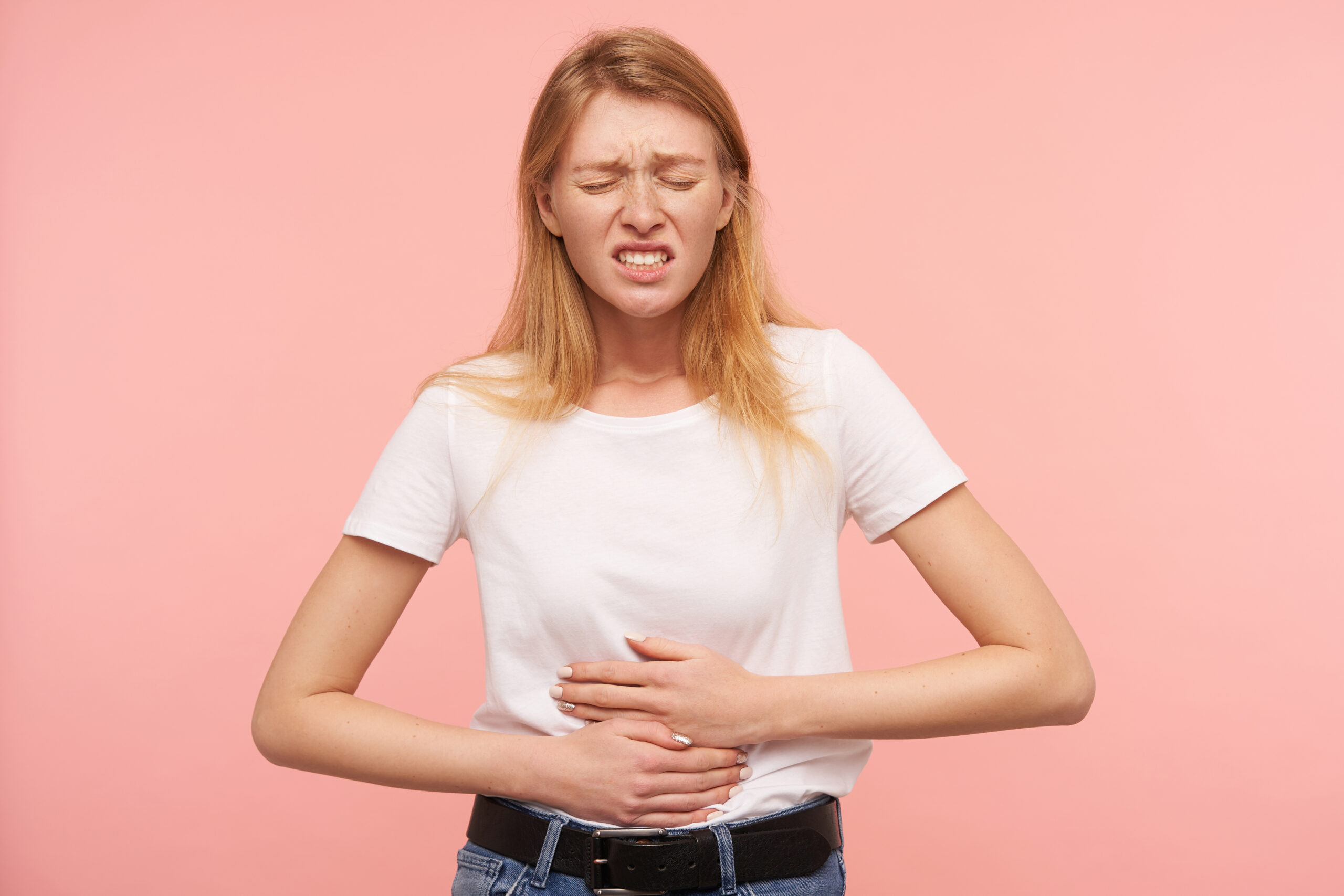
As for vomiting, the lower the obstruction is, the less severe it is and the later it occurs. In higher-located ileus it is persistent, profuse, and usually bile; in low-located obstruction – it is foul-smelling.
During the physical examination, the doctor can hear high peristaltic tones with a metallic undertone (croaking and pouring), which intensify during the period of pain. Interestingly, in the later stages of the disease, due to intestinal fatigue, the intervals between periods of increased peristalsis may be longer.
Furthermore, in individuals with a slender physique, there is a phenomenon known as bowel positioning, which involves the constriction of swollen intestinal loops during periods of heightened peristalsis. It is worth remembering that the rapidly deteriorating general condition of the patient may be a symptom of intestinal necrosis.
In the case of functional obstruction, abdominal pain is severe and constant, and its location may indicate the location of the cause. Physical examination of the patient reveals inaudible peristalsis – silence in the abdomen. Frequently single “knocking” sounds are possible. In addition, symptoms of peritonitis may be present, such as muscle defense, pain when trying to cough, a positive Blumberg’s sign (intensive pain when releasing pressure on the abdomen with a hand), and often an increase in body temperature.
Symptoms of ileus should be promptly consulted with a specialist.
Ileus – diagnosis
To properly diagnoseintestinal obstruction, gathering the patient’s medical history and conducting a physical examination is significant. These are the basic steps.

In addition, when an intestinal obstruction is suspected, imaging tests are often ordered, e.g., an X-ray examination in a standing or lateral position, which shows distended bowel loops and fluid levels. It often reveals the presence of a foreign body in the intestinal lumen. Another test is computed tomography, which allows us to determine where the obstruction occurred and to find the cause of the ailment, e.g., the presence of cancer.
Examinations allowing us to visualize places of obstruction are contrast examination of the digestive tract and endoscopic examination.
Treatment of ileus
If you notice abdominal pain, vomiting, gas, and stool retention, go to the hospital immediately. Do not take laxatives or strong painkillers – use warm compresses or a hot water bottle. However, you can apply a drying compress to the abdomen before the arrival of the doctor.
The treatment of bowel obstruction depends on the cause. Unless the patient is critically ill and does not require urgent surgery, a rectal enema or manual stool removal may be attempted. The most common strangulation obstructiondue to the presence of adhesions requires surgical treatment. The procedure involves cutting the adhesions and releasing the intestinal loops. However, adhesions tend to recur and often necessitate re-operation. Treatment is similar in the presence of a hernia. To prevent the recurrence of the hernia, the integuments are secured using meshes.
If the obstruction is caused by a cancerous tumor – the specialist removes the change. The most common tumor is colorectal cancer. In this case, the affected part of the intestine is excised within the limits of healthy tissues. The distal stump of the intestine is then closed, and the stoma emerges from the proximal end. This procedure is called Hartmann’s operation. This procedure takes up to several hours. After some time, it is possible to restore the continuity of the digestive tract by appropriate anastomosis.
Since paralytic obstructionis most often caused by peritonitis, it also requires surgical intervention. The source of the problem may be, for example, a perforated diverticulum of the large intestine or appendicitis. Conservative treatment may be initiated only when indications for urgent surgical intervention have been ruled out. If metabolic causes of obstruction are suspected, e.g., decompensated diabetes mellitus or renal insufficiency, correction of electrolyte disturbances is necessary.
Nutrition after intestinal obstruction surgery – what should it look like?
After surgery due to ileus, an appropriate dietis presented in the surgical ward. New products are introduced gradually, from a “zero” diet, through a liquid, gruel diet, to an easily digestible diet. The diet after surgery should contain delicate products that are easy to digest and excrete. It is usually recommended to maintain it for 4-6 weeks after surgery. During this time, you should avoid fatty, fried meat and meat products. Lean meat, preferably cooked in water or steamed, is recommended instead.
The fruit selection is also limited. You should avoid raw and dried fruits, juices with pulp, and candied fruits. You should also not eat raw or fried vegetables. It is advisable to eat wheat bread without grains and other additives.
You should also chew your food correctly so that it has a mushy consistency. It is advisable to take small meals frequently.
Is it possible to completely cure ileus?
In the case of intestinal obstruction, which is caused by various underlying diseases, it is challenging to talk about a complete cure. During surgical and conservative treatment, the symptoms of obstruction disappear in most cases. However, recovery mainly depends on the cause of the problem.
How to prevent bowel obstruction?
Ileus is usually caused by factors outside of the patient’s control, so they cannot do much to prevent the obstruction. Prophylaxis of postoperative intestinal obstruction is the responsibility of medical personnel who should provide the patient with proper postoperative care.
People suffering from diabetes or chronic kidney disease should remain under the care of a doctor and follow medical recommendations. This will reduce the risk of complications such as paralytic ileus.
It is also possible to reduce the risk of developing a colon tumor causing mechanical obstruction. In addition to a healthy lifestyle and a diet rich in fiber, you can undergo endoscopic screening.
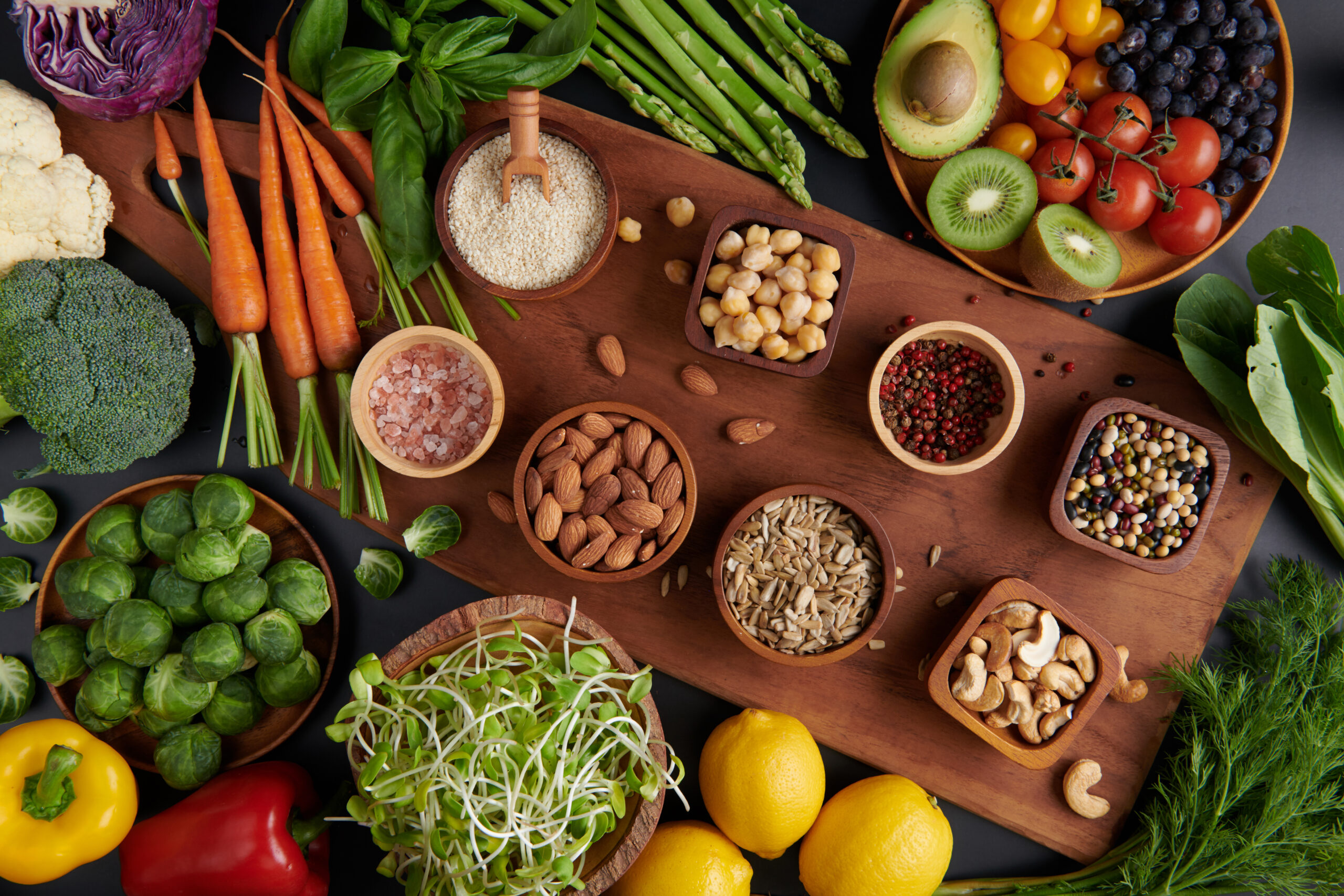
Intestinal obstruction is a severe medical condition that cannot be treated at home. Nevertheless, there are various ways to enhance the functioning of the intestines that can be beneficial.
A high-fiber diet and adequate fluidintake are essential. It is recommended to consume about 30 g of fiber and 2 liters of water a day.
Physical activity also supports the proper functioning of the intestines.
People who experience constipation despite following the above rules can reach for dietary supplements. Pharmacies offer a wide selection of agents that improve bowel function, also used for constipation. They have different ways of working. They are also available in various forms, such as glycerin suppositories, or bisacodyl tablets.
Products that stimulate the intestines to work – diet
Specialists may recommend some changes in diet to boost the functioning of the intestines, including consuming more:
